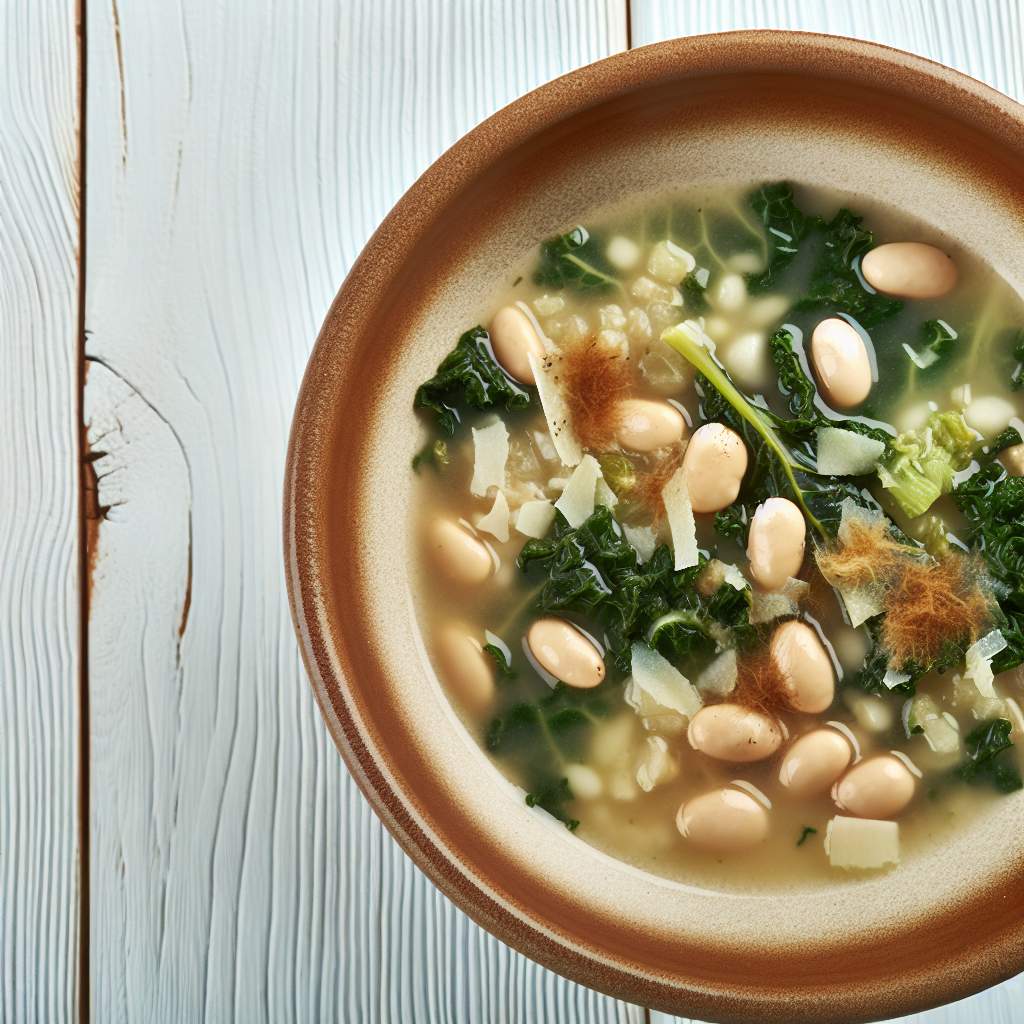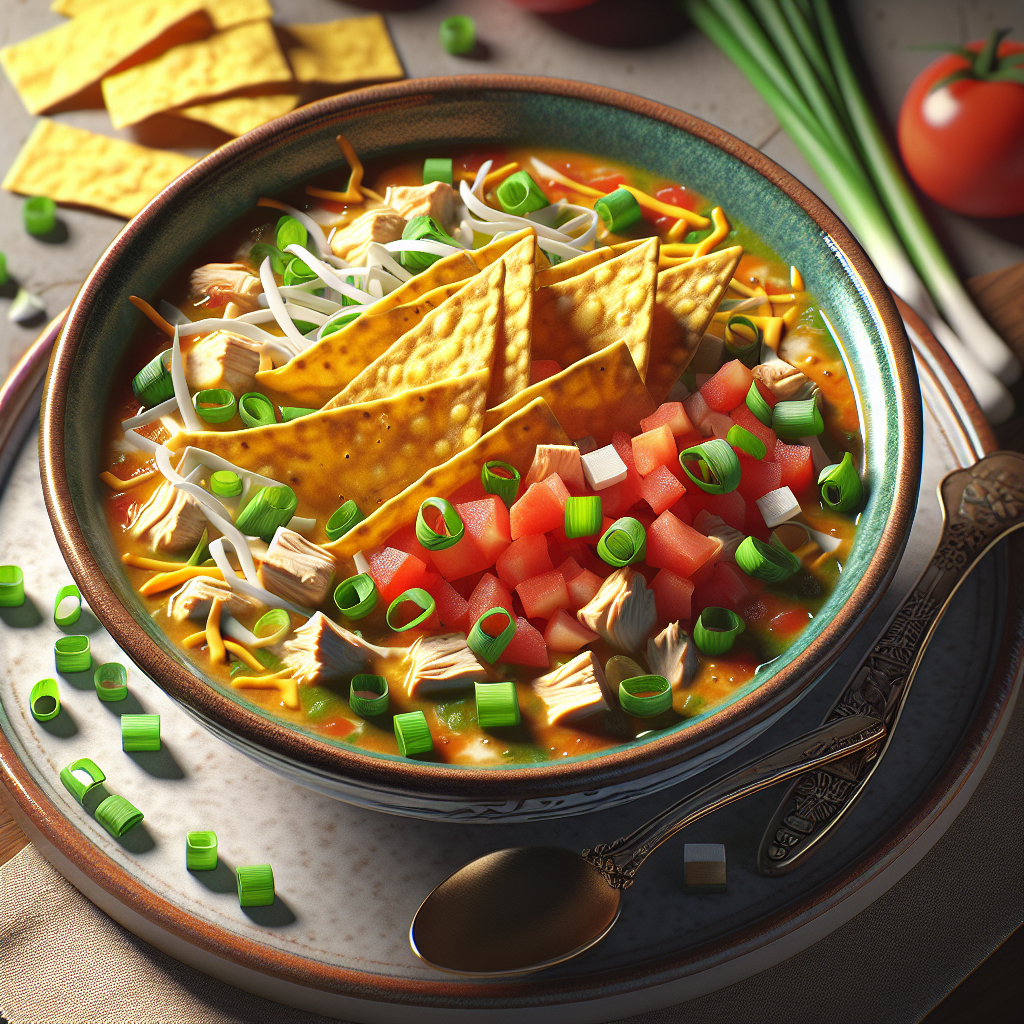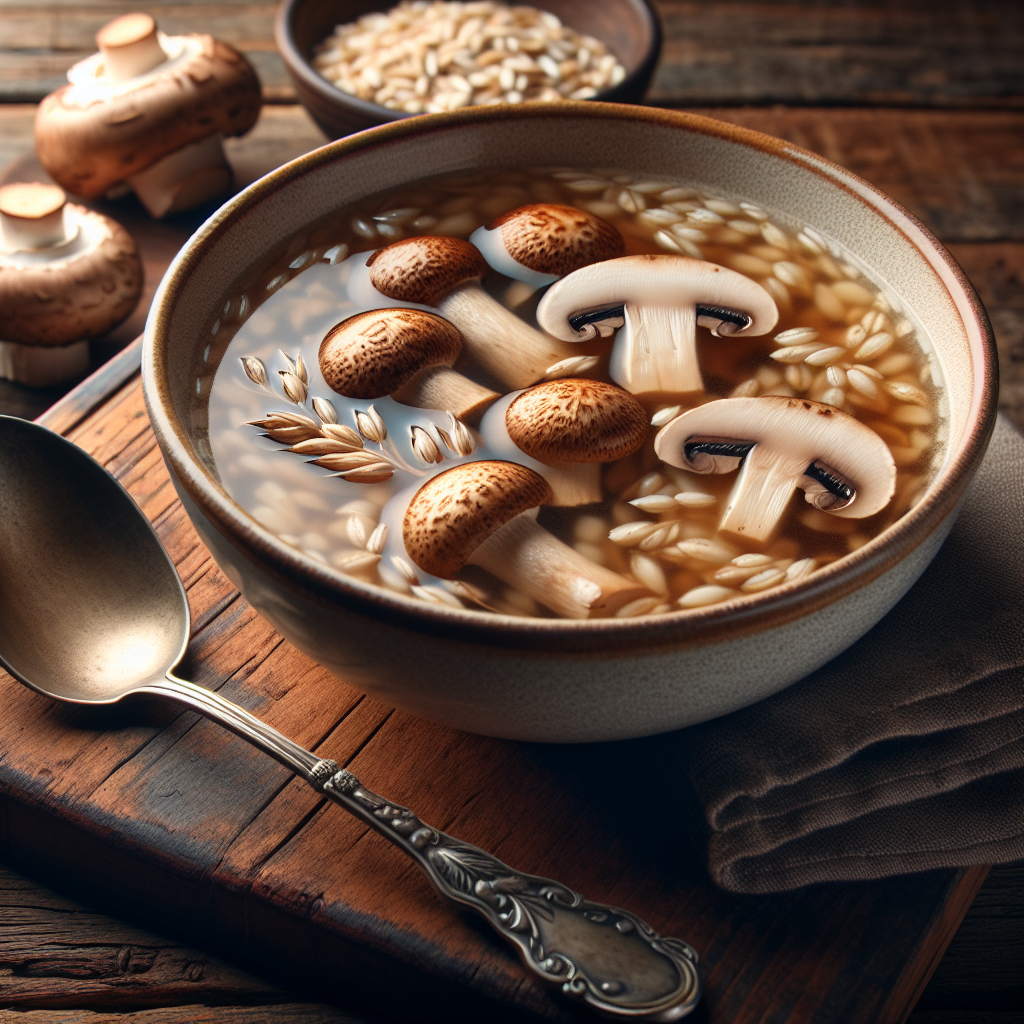Picture yourself in the rolling hills of Tuscany, where rustic farmhouses dot the landscape and generations of Italian nonnas have perfected the art of transforming humble ingredients into extraordinary meals. That’s the essence of ribollita—a hearty peasant soup whose name literally means “reboiled,” speaking to its origin as a clever way to repurpose leftover minestrone and stale bread. My smoky white bean and kale ribollita takes this time-honored tradition and adds a modern twist that will have your taste buds dancing while your soul finds comfort in every spoonful.
What makes this rendition special is the whisper of smoky flavor that weaves through each layer, transforming an already magnificent soup into something truly memorable. The marriage of creamy cannellini beans, vibrant kale, and rustic bread creates a texture that’s somehow both broth-like and stew-like—a beautiful contradiction that characterizes the best comfort foods. Whether you’re seeking respite from winter’s chill or simply craving a bowl of something deeply satisfying, this ribollita delivers warmth in a way that only slow-simmered, love-infused food can.
The beauty of ribollita lies not just in its flavor but in its forgiving nature. This isn’t a dish that demands precision—it welcomes your intuition and adapts to what you have on hand. That said, there are a few key elements that make this version sing. The smoked paprika provides that distinctive smoky note, while the parmesan rind (if you have one tucked away in your freezer) infuses the broth with umami depth. Day-old crusty bread isn’t just a convenient way to avoid waste; it’s essential to achieving the signature texture that makes ribollita so distinctive.
This soup also embodies the Italian philosophy of “cucina povera”—the “poor kitchen” that transforms humble ingredients into something extraordinary. Historically, ribollita allowed frugal cooks to stretch their resources, creating nourishing meals from vegetables, beans, and bread that might otherwise go to waste. Today, it represents a mindful approach to cooking that honors ingredients and traditions while offering profound satisfaction.
Ingredients
- 3 tablespoons olive oil, plus extra for drizzling
- 1 large onion, finely diced
- 2 carrots, diced
- 2 celery stalks, diced
- 4 garlic cloves, minced
- 1 teaspoon smoked paprika
- ½ teaspoon red pepper flakes (adjust to taste)
- 1 tablespoon tomato paste
- 1 can (14 oz) diced tomatoes
- 2 cans (15 oz each) cannellini beans, drained and rinsed
- 1 parmesan rind (optional but recommended)
- 6 cups vegetable broth
- 2 bay leaves
- 1 teaspoon dried thyme
- 1 bunch kale, stems removed and leaves roughly chopped (about 6 cups)
- ½ loaf day-old crusty bread, torn into bite-sized pieces (about 4 cups)
- Salt and freshly ground black pepper to taste
- Grated parmesan cheese for serving
- Fresh basil leaves, torn, for garnish
Instructions
1. In a large Dutch oven or heavy-bottomed pot, heat the olive oil over medium heat. Add the onion, carrots, and celery with a pinch of salt. Cook, stirring occasionally, until the vegetables have softened but not browned, about 8-10 minutes.
2. Add the garlic, smoked paprika, and red pepper flakes. Cook until fragrant, about 1 minute, being careful not to burn the garlic.
3. Stir in the tomato paste and cook for another 2 minutes until it darkens slightly, which enhances its flavor and sweetness.
4. Add the diced tomatoes with their juices, stirring to combine and scraping any browned bits from the bottom of the pot.
5. Pour in the vegetable broth and add the bay leaves, dried thyme, and parmesan rind if using. Bring to a gentle boil, then reduce heat to maintain a simmer.
6. Add half of the cannellini beans to the pot. With the remaining beans, create a quick purée by mashing them with a fork or blending briefly with a splash of broth. Add this purée to the soup—it will help thicken the broth and create that distinctive ribollita texture.
7. Simmer the soup, partially covered, for about 20 minutes to allow the flavors to meld.
8. Stir in the chopped kale and continue cooking until it wilts and becomes tender, about 5-7 minutes.
9. Add the bread pieces, stirring gently to incorporate them into the soup. They should begin to break down slightly while still maintaining some texture.
10. Continue to simmer for another 5-10 minutes until the bread has softened and partially dissolved into the broth, creating the characteristic thick consistency of ribollita.
11. Remove the bay leaves and parmesan rind. Taste and adjust seasoning with salt and pepper.
12. Ladle the ribollita into bowls. Drizzle each serving with good quality olive oil, a sprinkle of grated parmesan, and a few torn basil leaves.
Chef’s Tips
The true magic of ribollita happens on day two. Like many soups and stews, the flavors deepen and intensify overnight. If you can resist eating it all immediately (a challenge, I know), refrigerate overnight and gently reheat for an even more remarkable experience. In fact, the name “ribollita” refers to this reheating process!
For the bread component, stale sourdough or country-style loaves work beautifully. If you only have fresh bread, you can tear it into pieces and toast lightly in the oven before adding to the soup.
Feel free to adapt this soup to the seasons—in summer, add diced zucchini or yellow squash; in spring, peas or asparagus would be lovely additions. The soul of ribollita is its adaptability, so don’t hesitate to make it your own.
When serving, a shallow bowl allows for the perfect ratio of broth to solids. And don’t skip that final drizzle of your best olive oil—it creates a fragrant finishing touch that elevates the entire experience.
This ribollita isn’t just a meal; it’s an experience that connects you to centuries of Italian culinary wisdom. As you savor each spoonful, you’re participating in a tradition of transforming simple ingredients into something truly extraordinary—a practice that speaks to both our need for physical nourishment and our deeper hunger for connection to history, place, and the quiet magic of everyday cooking. Buon appetito!


